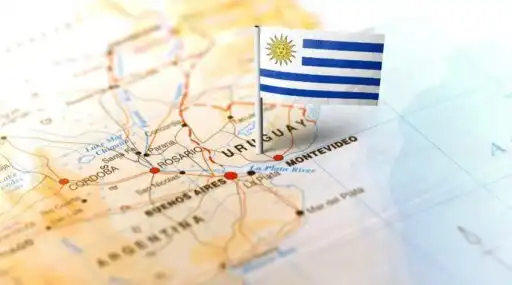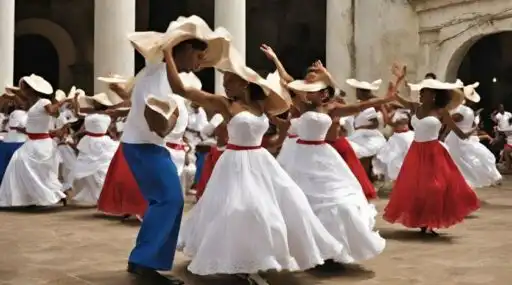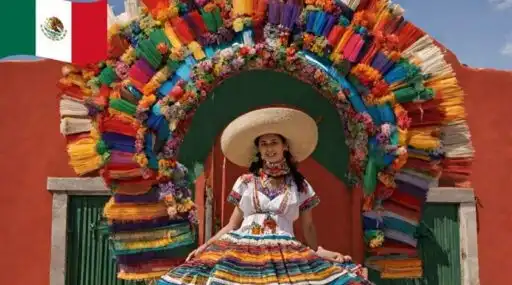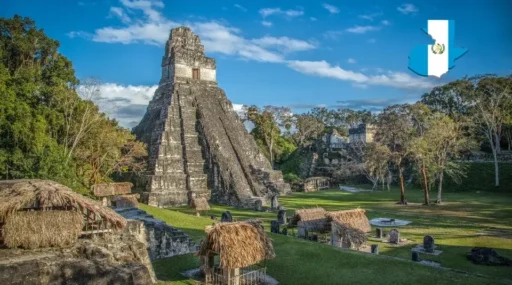Spanish Language which transcends borders, continents, and cultures, stands as one of the most widely spoken languages in the world. With over 460 million native speakers and an additional 90 million Spanish learners, the language’s influence extends far beyond the European country of its origin. In this exploration, we embark on a journey to unravel the intricacies of the Spanish language and the rich tapestry of countries that share this linguistic heritage.
I. The Evolution of Spanish:
Spanish, or “español,” has a rich history that can be traced back to the Iberian Peninsula. The roots of the language are embedded in Latin, brought to the region by the Romans during their conquests. Over the centuries, Latin evolved and blended with the linguistic influences of the Visigoths, Moors, and other communities in the region. By the 15th century, the precursor to modern Spanish, known as Old Castilian, had emerged.
One of the most significant milestones in the development of the language was the publication of the first grammar book for Spanish, “Gramática de la lengua castellana,” by Antonio de Nebrija in 1492. This marked a pivotal moment in the standardization of the language and coincided with Christopher Columbus’s first voyage to the Americas.
II. Global Spread of Spanish:
The Spanish language embarked on a global journey during the Age of Exploration. As Spanish explorers and conquistadores navigated the seas, they carried their language to the far reaches of the globe. The colonization of Latin America and parts of Asia and Africa played a crucial role in spreading Spanish across continents.
Spanish, in its various forms and dialects, became deeply ingrained in the cultures and societies of the Americas. The blending of indigenous languages with Spanish resulted in diverse linguistic landscapes, giving rise to regional variations such as Mexican Spanish, Argentine Spanish, and Colombian Spanish.
III. Spanish in Europe: The Iberian Peninsula and Beyond
The linguistic journey of Spanish is not confined to the Americas. In its European homeland, Spain, the language thrives with a rich tapestry of regional dialects. From the melodic sounds of Andalusian Spanish to the crisp tones of Castilian Spanish, the Iberian Peninsula showcases a linguistic diversity that reflects the country’s varied history and geography.
Beyond Spain, Spanish has a presence in other European countries, particularly due to migration and cultural exchange. In regions such as Gibraltar and parts of Southern France, the echoes of Spanish culture and language can still be heard, underscoring the interconnectedness of linguistic traditions across borders.
IV. Latin America: A Mosaic of Spanish Dialects
Latin America, with its vibrant cultures and diverse landscapes, is a testament to the dynamic evolution of the Spanish language. Each country in the region boasts its own unique linguistic nuances, shaped by historical influences, indigenous languages, and regional interactions.
- Mexico: Vibrancy and VarietyMexico, the most populous Spanish-speaking country, is a melting pot of linguistic diversity. The Spanish spoken in different regions of Mexico carries distinct characteristics, blending indigenous languages like Nahuatl and Maya with the influence of European settlers.
- Argentina: Tango, Mate, and Rioplatense SpanishIn the southern cone, Argentina stands out with its distinctive Spanish dialect known as Rioplatense. Influenced by Italian and other European languages, Rioplatense Spanish is characterized by its unique intonation and vocabulary. The rhythmic beats of tango and the tradition of sharing mate are intrinsic to the linguistic and cultural identity of Argentina.
- Colombia: Warmth and DiversityColombia’s Spanish reflects the warmth of its people and the diversity of its landscapes. With coastal, Andean, and Amazonian regions, Colombia’s linguistic tapestry is woven with regional variations, making it a fascinating study in the adaptability and resilience of the Spanish language.
- Peru: Ancient Cultures and Coastal InfluencesPeru, with its rich cultural heritage, exhibits linguistic variations influenced by ancient civilizations and coastal interactions. The Spanish spoken in the Andean highlands carries traces of indigenous languages, while the coastal regions exhibit a different linguistic flavor shaped by historical trade routes and influences.
- Venezuela: Caribbean Rhythms and Amazonian TonesIn Venezuela, the Spanish language resonates with the rhythms of the Caribbean and the mystique of the Amazon rainforest. The linguistic diversity mirrors the country’s geographical variations, creating a rich mosaic of accents and expressions.
V. The Caribbean: A Symphony of Spanish Influences
The Spanish language has deeply influenced the linguistic landscape of the Caribbean, contributing to the vibrant tapestry of cultures in this region. In countries like the Dominican Republic, Cuba, and Puerto Rico, Spanish is woven into the fabric of daily life, accompanied by unique cultural expressions such as merengue, salsa, and reggaeton.
- Dominican Republic: Merengue and Caribbean FlavorThe Spanish spoken in the Dominican Republic is infused with the energetic beats of merengue and the warmth of Caribbean culture. The rhythmic expressions of the language echo the vibrant spirit of the nation.
- Cuba: Rhythms, Revolution, and Spanish HeritageCuba, with its revolutionary history and diverse cultural influences, showcases a unique form of Spanish enriched by African, Caribbean, and indigenous elements. The Cuban Spanish dialect, coupled with the island’s influential music and dance, contributes to a linguistic and cultural identity that resonates globally.
- Puerto Rico: Sabor Boricua and Bilingual HeritagePuerto Rico, an island with a complex history, boasts a distinct form of Spanish known as Boricua Spanish. Influenced by the island’s indigenous Taíno roots, African heritage, and the imprint of U.S. colonization, Puerto Rican Spanish is a vibrant expression of the island’s identity. Additionally, Puerto Rico’s bilingualism, with English as a second official language, adds another layer to its linguistic complexity.
VI. Central America: Bridges Between Continents
Central America, with its geographical position as a bridge between North and South America, reflects a blend of linguistic influences that shape the Spanish spoken in countries like Guatemala, Honduras, Nicaragua, Costa Rica, and Panama. The indigenous languages of the region, such as Mayan languages, further contribute to the linguistic diversity.
- Guatemala: Mayan Heritage and Linguistic FusionGuatemala, with its rich Mayan heritage, showcases a linguistic tapestry where Spanish and indigenous languages coexist. The Spanish spoken in Guatemala is colored by the cultural expressions and traditions of its indigenous populations.
- Costa Rica: Pura Vida and Environmental ConsciousnessIn Costa Rica, the Spanish language resonates with the country’s commitment to environmental sustainability and “Pura Vida” – the pure life. The linguistic expressions mirror the nation’s emphasis on biodiversity and a laid-back lifestyle.
VII. Conclusion: A Shared Linguistic Legacy
In conclusion, the Spanish language is not just a means of communication; it is a dynamic and evolving tapestry that weaves together the stories, cultures, and histories of diverse nations across the globe. From the cobblestone streets of Spain to the rhythmic beats of the Caribbean, each Spanish-speaking country contributes its unique brushstroke to this linguistic masterpiece.
The beauty of the Spanish language lies not only in its linguistic diversity but also in its ability to serve as a bridge connecting people across continents. As we traverse the landscapes of Latin America, Europe, and the Caribbean, we witness the resilience of a language that has weathered centuries, absorbing influences and creating a shared cultural identity that transcends borders.
Whether spoken in the bustling markets of Mexico City, the tango clubs of Buenos Aires, or the tropical beaches of the Dominican Republic, Spanish is a living testament to the power of language to unite, inspire, and celebrate the rich mosaic of human expression. In the symphony of Spanish, each country adds its unique melody, harmonizing together to create a linguistic legacy that spans oceans and unites millions in a shared journey of words and worlds.




































Leave a Reply